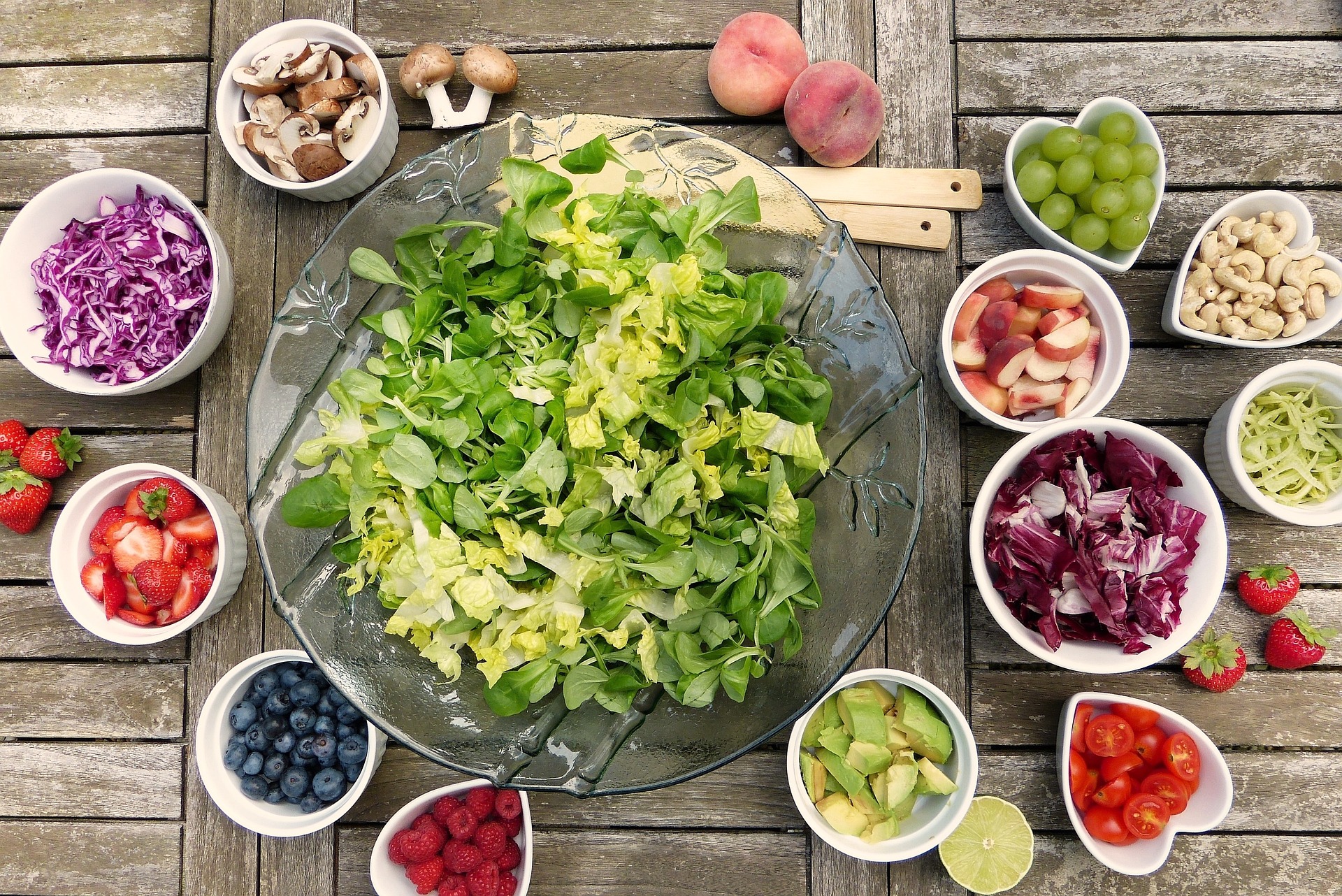Culinary Canvas: The Art of Edible Plating
In the realm of gastronomy, visual appeal plays a crucial role in enhancing the dining experience. Edible plating, the practice of arranging food as a work of art, has emerged as a captivating trend that marries culinary expertise with artistic expression. This innovative approach transforms ordinary meals into extraordinary visual feasts, engaging diners on multiple sensory levels.
When a beautifully plated dish is set before us, our brains release dopamine, the “feel-good” neurotransmitter. This reaction primes our taste buds and enhances our overall enjoyment of the meal. The colors, textures, and arrangement of food items on the plate can also influence our perception of portion size and satiety, making mindful eating more intuitive and enjoyable.
Techniques for Stunning Presentations
Creating an edible masterpiece requires a combination of skill, creativity, and attention to detail. Chefs employ various techniques to transform simple ingredients into visually stunning compositions. One popular method is the use of negative space, where empty areas on the plate draw attention to the food itself. This minimalist approach can make even small portions appear more substantial and elegant.
Another technique is the strategic use of color contrast. By pairing complementary or contrasting hues, chefs can create visual interest and make individual components stand out. For example, a vibrant green pea puree might be used to accent a perfectly seared piece of salmon, creating a striking visual contrast that enhances both elements.
Texture plays a crucial role in edible plating as well. Combining smooth, rough, crispy, and soft textures not only adds visual intrigue but also creates a more exciting mouthfeel. Chefs might use techniques like foams, crisps, or edible flowers to add textural variety and elevate the overall presentation.
Tools of the Trade
To achieve professional-level plating, chefs rely on a variety of specialized tools and equipment. Squeeze bottles allow for precise application of sauces and purees, creating elegant drizzles or dots on the plate. Tweezers and microplanes are essential for delicate garnishes and zesting, while ring molds help create perfect circles of tartar or layered dishes.
Modern technology has also found its way into the world of edible plating. 3D food printers can create intricate geometric shapes or custom designs using edible materials like chocolate or sugar. Meanwhile, molecular gastronomy techniques such as spherification or the use of liquid nitrogen open up new possibilities for unique presentations and textures.
For home cooks looking to elevate their plating game, investing in a set of different-sized plates, slate or wooden boards, and small ramekins can provide a variety of canvases for creative presentations. Simple tools like offset spatulas and piping bags can also make a significant difference in achieving a polished look.
Edible Art Beyond the Plate
The concept of edible plating has expanded beyond traditional tableware, inspiring chefs and artists to explore new mediums for culinary presentation. Edible landscapes, where entire tablescapes are created using food items, have gained popularity in high-end dining experiences and events. These immersive installations blur the line between food and art, creating memorable dining experiences that engage all the senses.
Some innovative chefs have taken edible art even further by collaborating with designers to create custom serveware that complements and enhances their culinary creations. From sculptural plates that mimic natural textures to interactive dishes that change appearance as the meal progresses, these collaborations push the boundaries of what’s possible in food presentation.
In the world of pastry and confectionery, edible art has reached new heights with the rise of social media-friendly desserts. Intricate sugar sculptures, hand-painted chocolate bonbons, and gravity-defying cake designs have become viral sensations, inspiring both professionals and amateurs to explore the limits of edible creativity.
Plating Tips for Home Cooks
-
Use odd numbers when arranging elements on a plate for a more visually appealing composition.
-
Choose plates that complement your food’s colors and textures.
-
Experiment with height by stacking or layering components.
-
Use sauces as artistic elements by creating swirls, dots, or brushstrokes.
-
Incorporate fresh herbs or edible flowers for pops of color and texture.
-
Practice the “clock method” for consistent plating: imagine your plate as a clock face to guide placement.
-
Wipe plate edges clean before serving for a polished look.
-
Consider temperature when plating to ensure hot foods stay hot and cold foods stay cold.
The art of edible plating has transformed the culinary landscape, elevating food from mere sustenance to a form of artistic expression. By engaging multiple senses and tapping into the psychology of perception, chefs and home cooks alike can create dining experiences that are as visually stunning as they are delicious. As this trend continues to evolve, we can expect to see even more innovative approaches to food presentation, blurring the lines between culinary arts and fine arts in exciting new ways.







